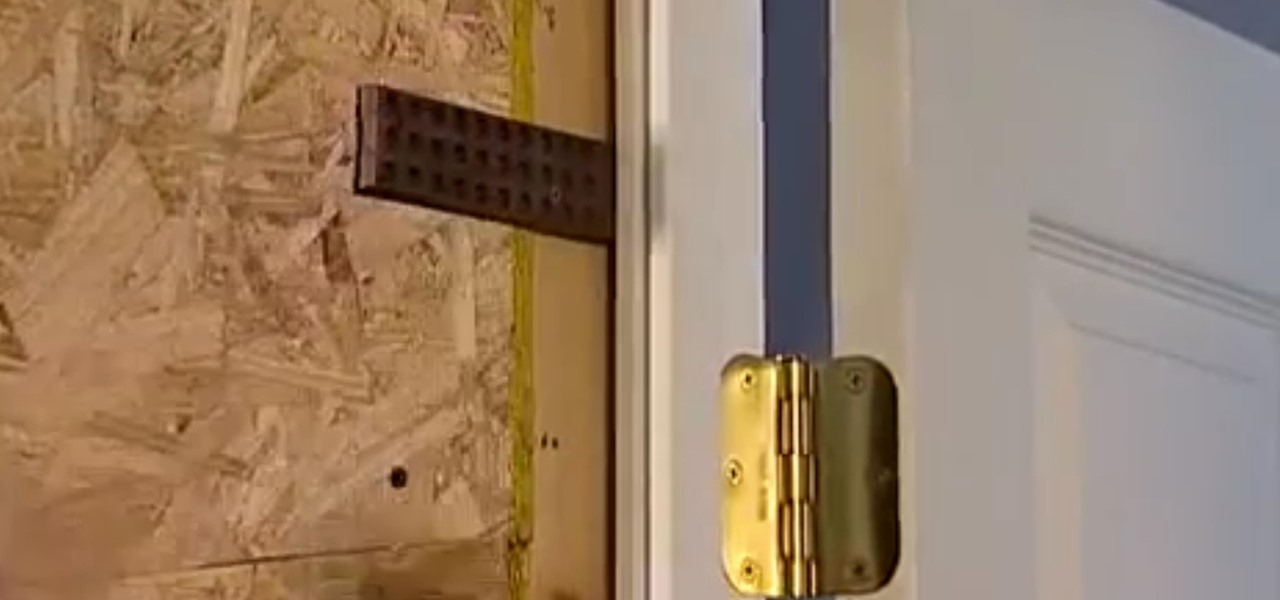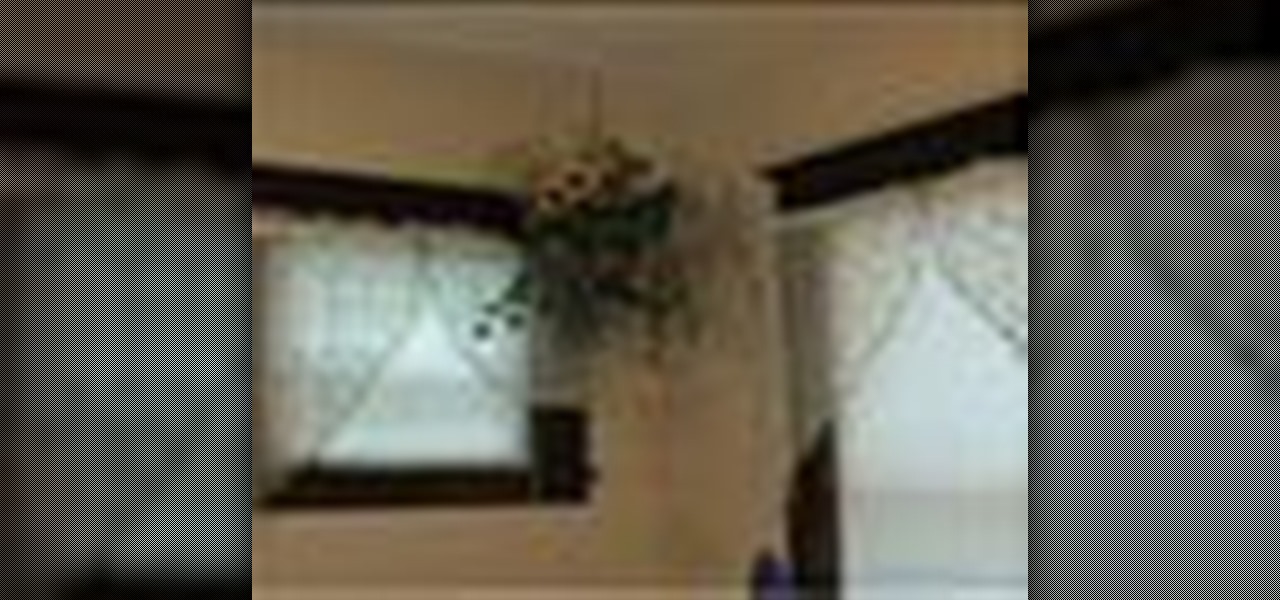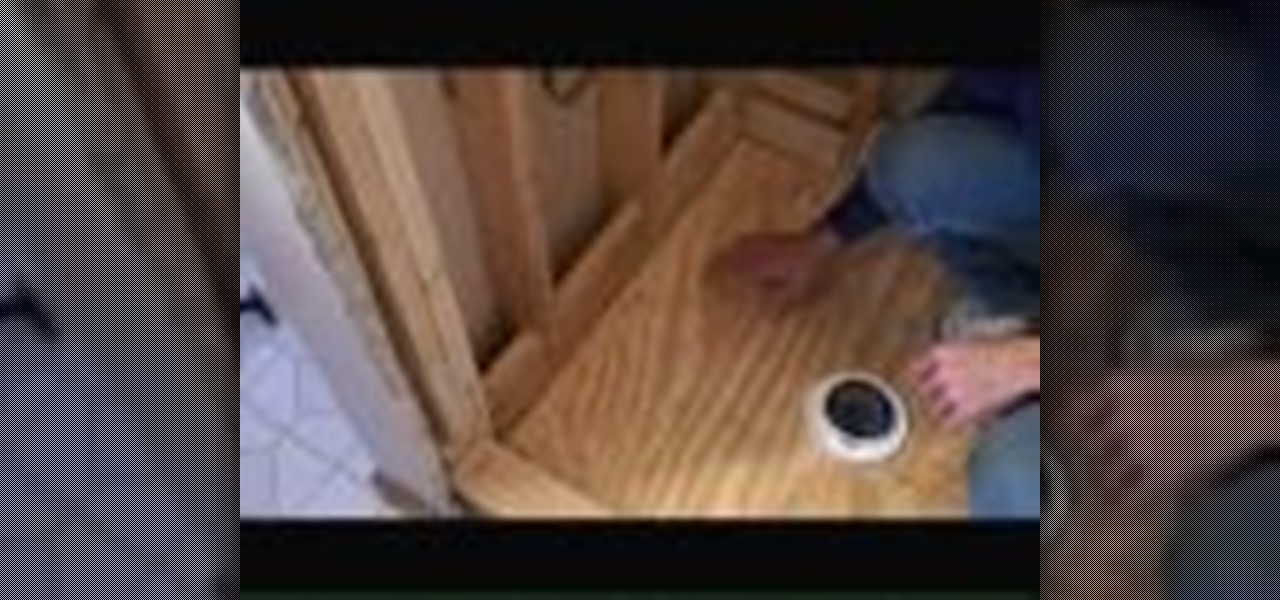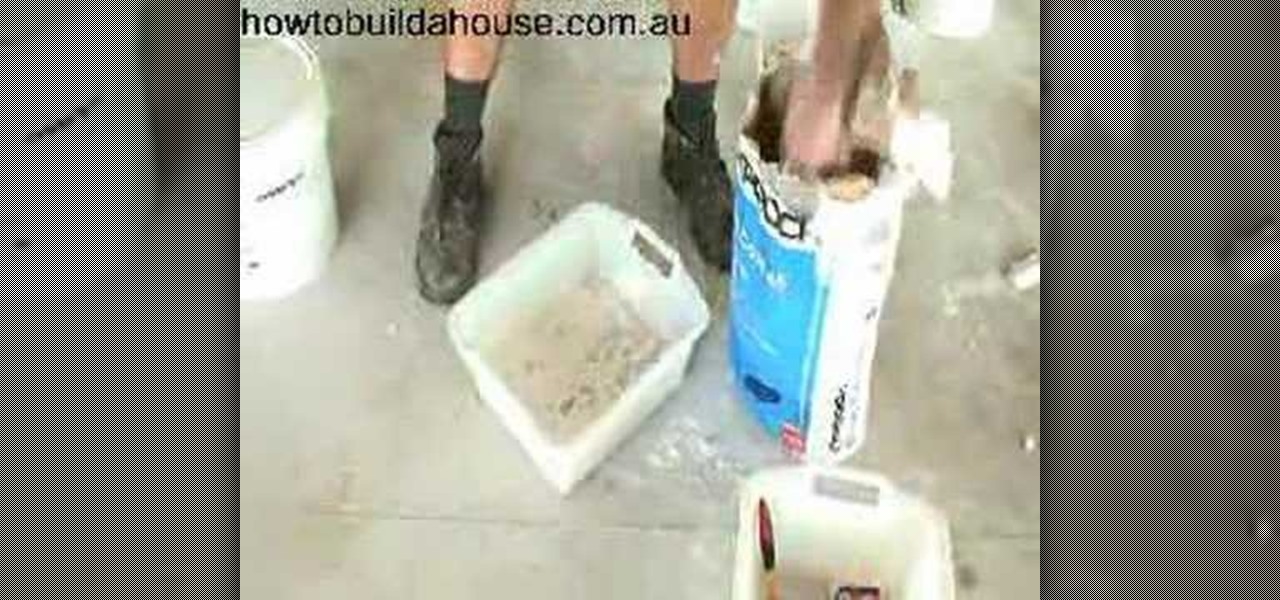Hot Construction & Repair Posts

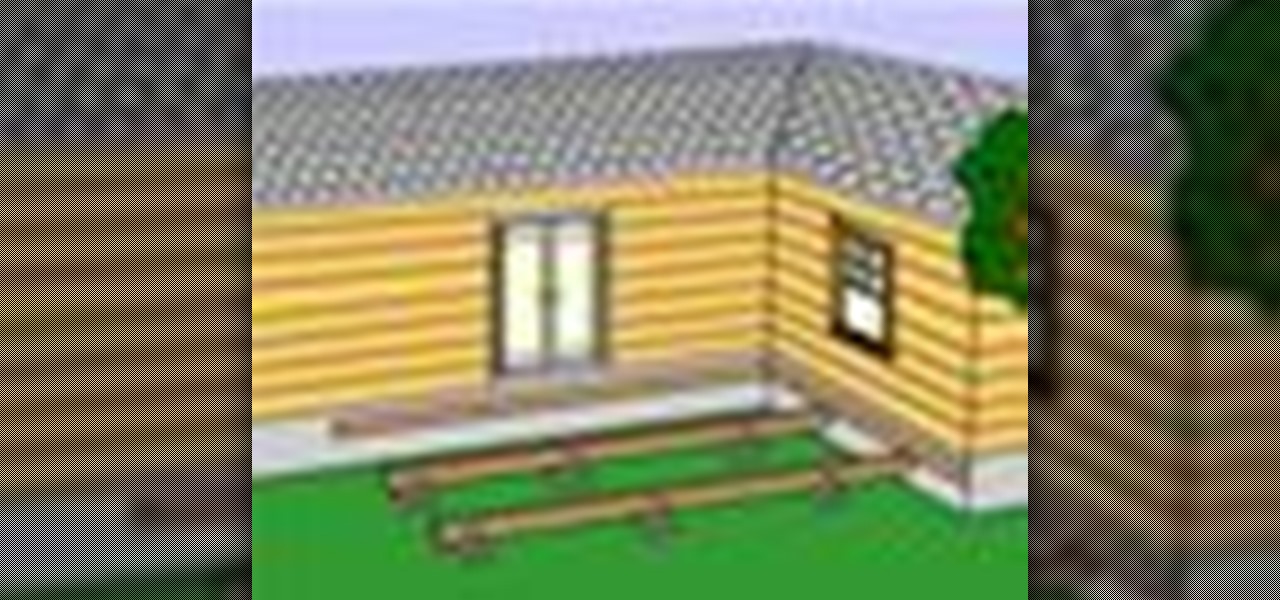
How To: Install deck posts and beams
In this sixth part in the series on building your deck, you will be installing the structure that will support the joists and flooring of your deck. It is critical that these parts are sturdy and solid. Before you begin framing your deck, you should have the ledger installed along the house and the concrete pads poured and dried thoroughly. These create the various supporting elements for your deck. Next to the house, the deck joists will be attached directly to the ledger. Meanwhile, the con...

How To: Install deck joists
Installing the decking joists the will provide the framing platform for the deck boards is the seventh step in our series on building your deck. Before you can install the joists, the ledger should be in place along the house and the girders should be secured to the posts. The joists will be anchored to the house via the ledger and then supported by the girders. Take careful measurements, cut carefully, and be sure that your joists are very sturdy before moving on to the next steps. For compl...

How To: Install deck stairs
Most likely you have planned one or two flights of stairs from your deck to the surrounding yard. Steps can be built a number of different ways depending on your aesthetic preference, however most municipalities have specific codes that must be taken into consideration when you design and build your steps. For instance, many cities require a minimum width of 3 feet for the stairs.

How To: Install deck railing
Deck railings are important to both the safety and the aesthetic appearance of your deck. In other words, a railing is the perfect blend of "strength and beauty."
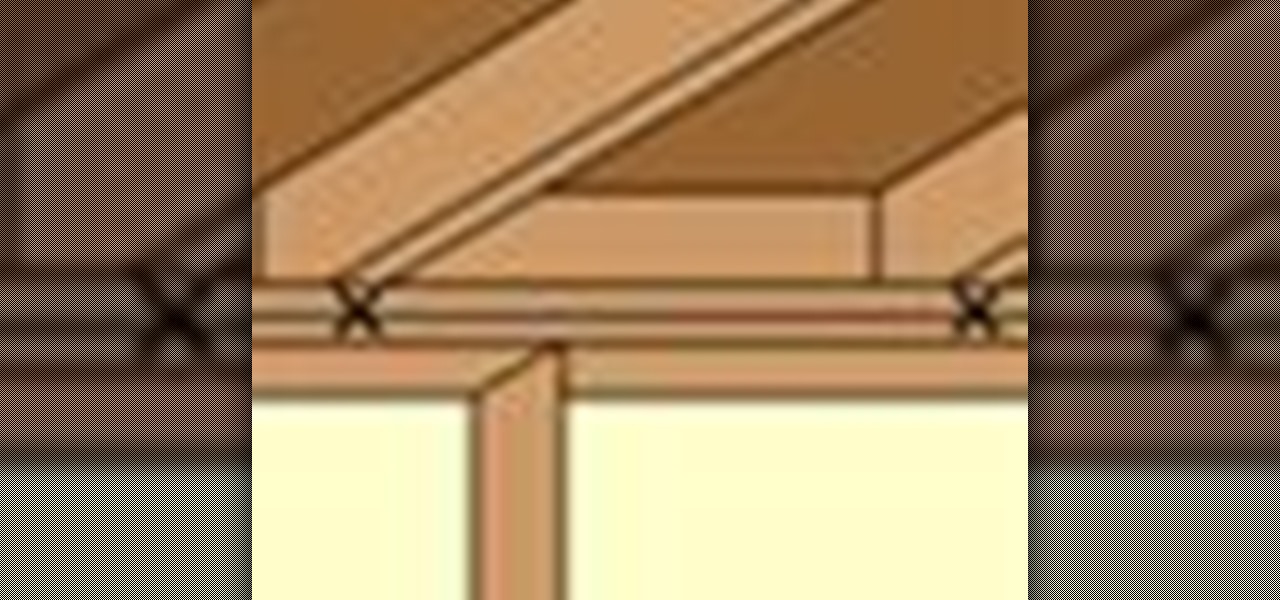
How To: Hang ceiling drywall
Drywall is a great way to easily cover the studs, electrical, and piping that hide inside your ceiling. You can even use drywall to replace cracked plastered ceilings without the technical expertise needed to smoothly cover a ceiling with plaster.

How To: Remove and demolish countertop fixtures
Sometimes it comes time to tear down the old and build up the new -- especially in kitchens! People seem to be especially enamored of redoing kitchens to follow design trends, family resizing, or simple updating to keep the house current, livable, and sellable. One way to achieve a different look in the kitchen is by changing the countertop.

How To: Install a deadbolt lock for better security
Installing a deadbolt is a relatively quick and simple do-it-yourself project. You can make your home much safer – and less attractive to thieves --- with a little effort and a few simple tools.
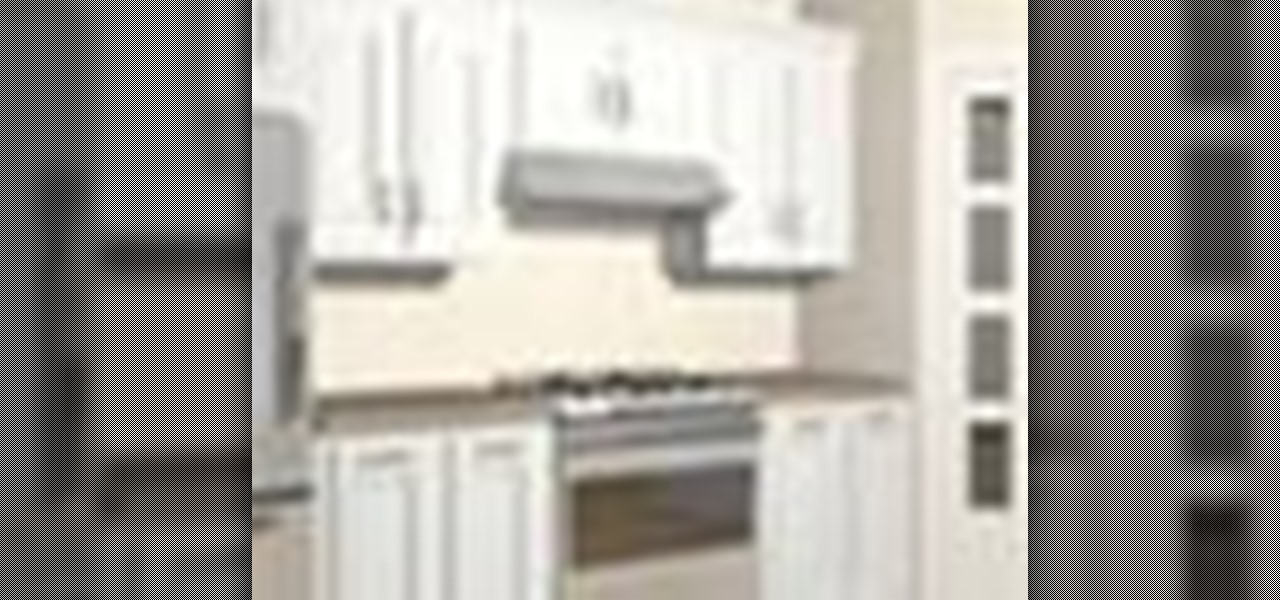
How To: Install a range hood roof vent
Range hoods are a necessity in any kitchen. A properly installed range hood will vent hot air and cooking odors outside as well as help keep kitchen surfaces free of grease. The trickiest part of installing a range hood is determining how to run the ventilation ducts. Depending on the location of your range, you will need to decide if it is easier to vent through an outside wall versus up through the roof. Use this tutorial if you determine that venting through the roof is the best route.
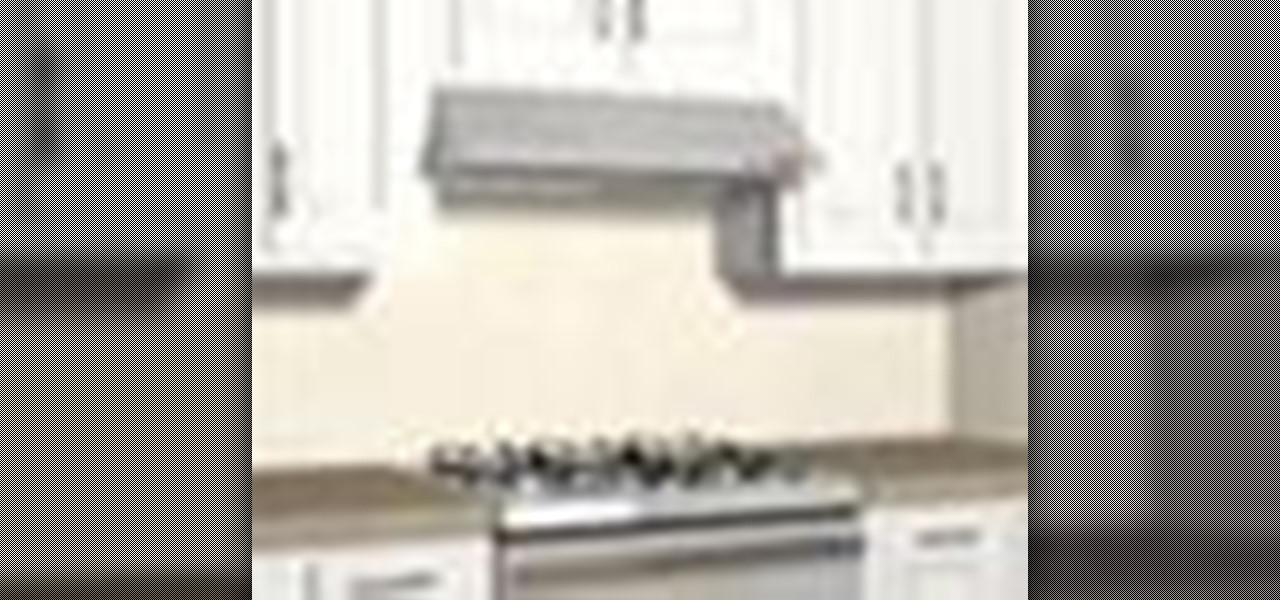
How To: Install a range hood wall vent
Range hoods are a necessity in any kitchen. A properly installed range hood will vent hot air and cooking odors outside as well as help keep kitchen surfaces free of grease. The trickiest part of installing a range hood is determining how to run the ventilation ducts. Depending on the location of your range, you will need to decide if it is easier to vent through an outside wall versus up through the roof. Use this tutorial if you determine that venting through an outside wall is the best route.
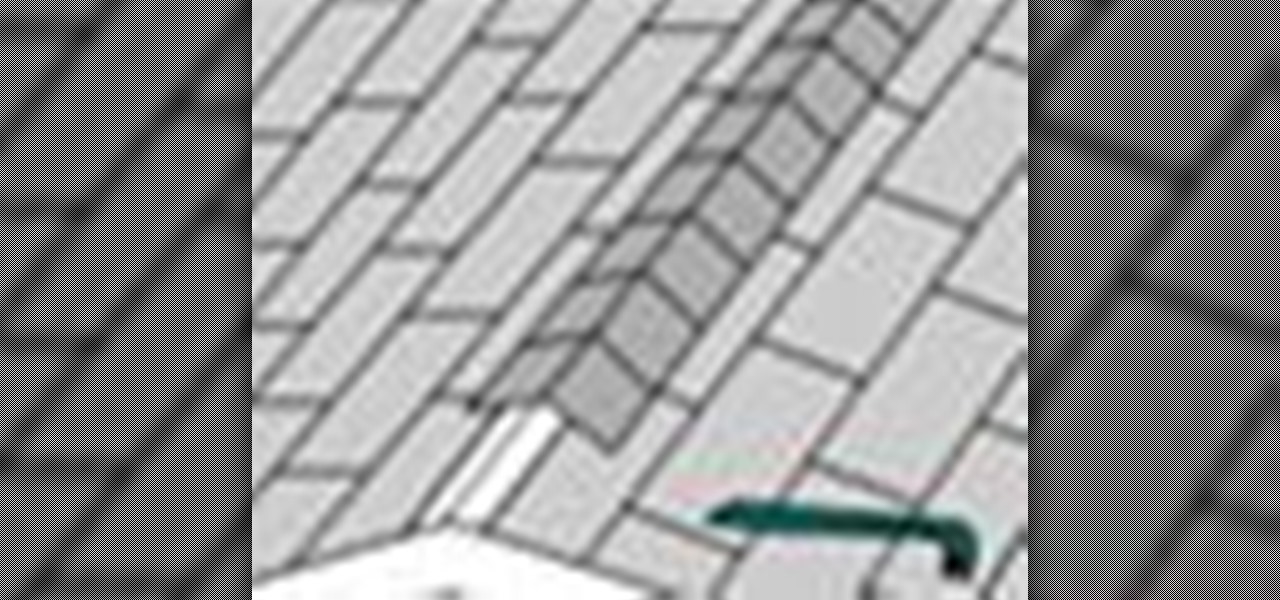
How To: Install a ridge vent
Roof ventilation principles are very straightforward -- a cool attic is a happy attic! You need to create a flow of air that enters the overhang of your roof through soffit vents, then flows straight up through the rafters and out through a ridge vent. To help facilitate airflow, it may be necessary to install a thermostat-controlled exhaust fan.

How To: Install an attic soffit vent
Distorted and curled up shingles are often a sign of insufficient or complete lack of attic ventilation. Attic ventilation is crucial in keeping your home’s roof sound and your interior comfortable. Installing soffit vents will increase the airflow under your roof. This will extend the life of your roof and help alleviate ice dams and attic condensation in the winter. In addition, this will reduce your heat build-up in the summer and thus save you money on your air-conditioning bill.

How To: Install a tongue and groove floor
There are fewer things finer in a home than a hardwood flooring. For the do-it-yourselfer, however, it can be a fun, yet daunting task. Installing a hardwood floor can best be described as a combination of rough and fine carpentry. Pounding the nails home and bending warped flooring to fit is certainly rough work. However, it is detailed as well, because even small mistakes will show.
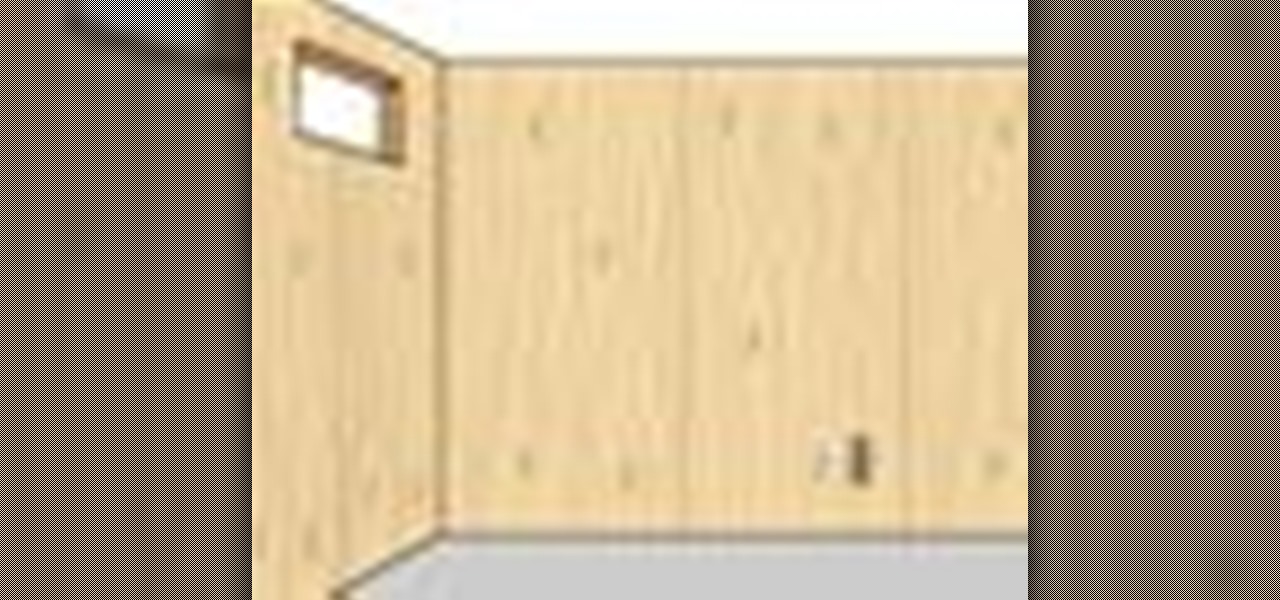
How To: Install basement paneling
Paneling is so common among many American basements that we often forget that it can be installed in any part of a home. However, it is frequently used to finish the concrete walls of a basement because of its affordability, durability, and ability to make the downstairs livable.

How To: Install blown-in insulation
Have you ever felt cold in your older home, even with the heat cranked? Ever feel drafts that seem to come from nowhere? And conversely, in the summer, is your home an oven? Many older houses are improperly insulated, if there is any insulation at all. This can have a large impact on your heating and cooling bills. Loose-fill insulation can be blown into your walls and attic to help increase the efficiency of your house, significantly decreasing your heating and cooling expenses.
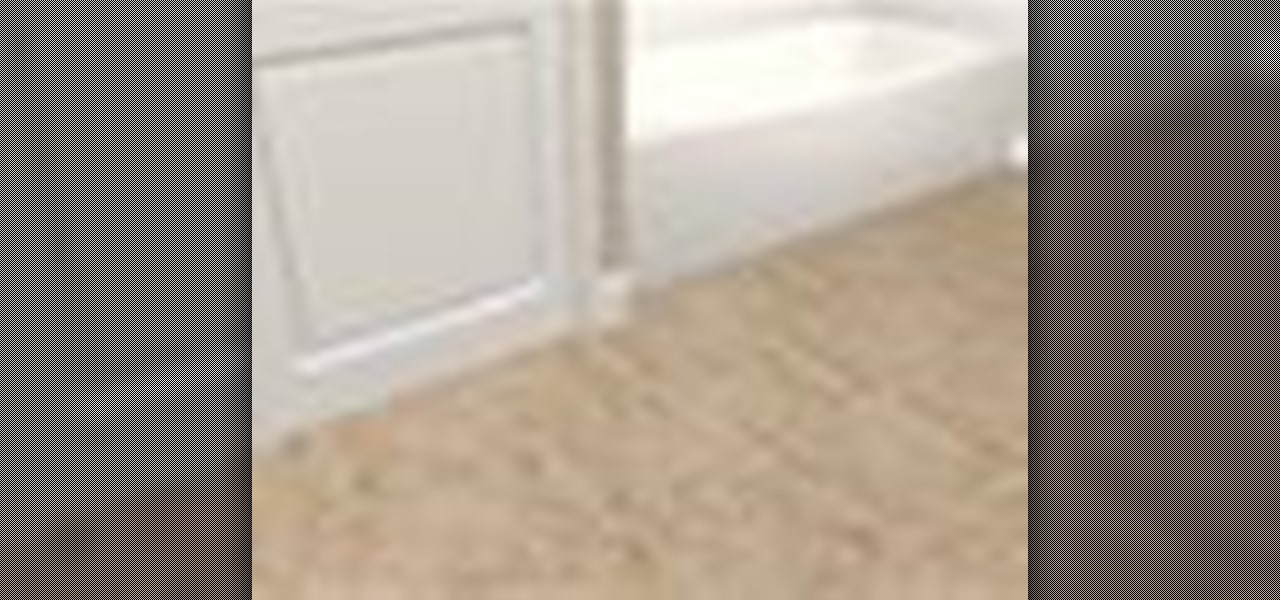
How To: Install ceramic floor tile
Ceramic tile floors offer a very attractive and durable alternative to other floor finishes. They come in many different sizes and colors to match the décor of any room and they can provide years of maintenance-free use. Additionally, ceramic tiles are fairly easy to install. Ceramic tiles have one major prerequisite – you must have a smooth and rigid sub-floor to support the installation. Ceramic tiles are not flexible in the least, so they can crack if installed over a rough surface or thin...

How To: Install a drop-down attic stairway
Who needs more storage space? We all do! You may have an untapped gold mine of storage space just over your head, but it is probably too impractical to access. Of course we are referring to your attic, which unfortunately has only a small access door through one of your closets. Every time you need to get into your attic you have to clear out the clothes in the closet and find a stepladder. Maybe it is time to consider a disappearing stairway and put the attic space to good use. (If your atti...

How To: Install hanging cabinets
Installing new cabinets in your kitchen can greatly enhance the look and functionality of your kitchen - plus, updated kitchens are a major selling point for homebuyers. All you need to do is select the prefabricated cabinet style that you like and spend a weekend installing your new cabinets.

How To: Insulate an unfinished attic
Your attic is the most critical area of your house to be adequately insulated in order to keep you toasty warm in winter and cool as a cucumber in the summer. Since heat rises, a poorly insulated attic allows valuable heat from the living space of your house to escape during the winter. During the summer, heat trapped in your attic can reduce your ability to keep your house cool. In colder, Northern climates, an R-value of 49 is recommended for adequate attic insulation. In warmer climates, a...

How To: Install a post-form countertop
There are many different types of countertops, but of all those available, post-form countertops are probably the quickest and easiest to install. Post-form countertops consist of a laminate surface that is glued to a particleboard base. Typically, the base is shaped so that there is a curved front edge and an integrated backsplash with either squared off or 45-degree angle ends available.
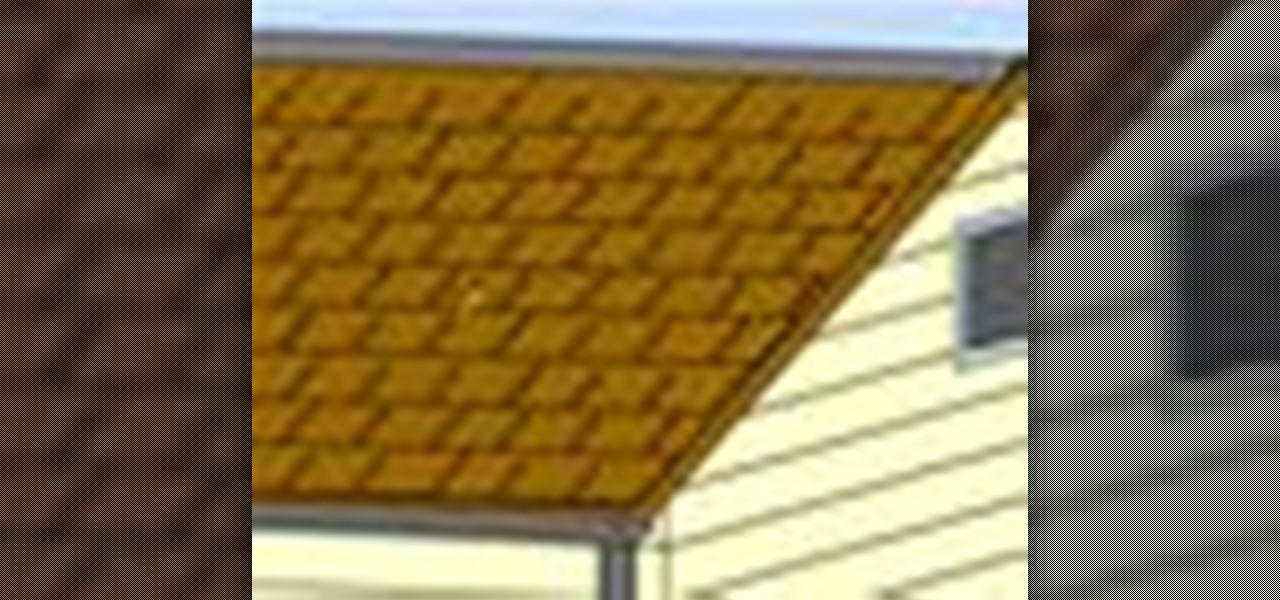
How To: Replace damaged asphalt shingles
Your home’s roof is the first line of defense in keeping the elements out. A common problem among both new and old roofs alike is damaged shingles. Wind, falling tree limbs, or just normal wear and tear can damage shingles. It is critical to replace damaged shingles to prevent more expensive damage from occurring.
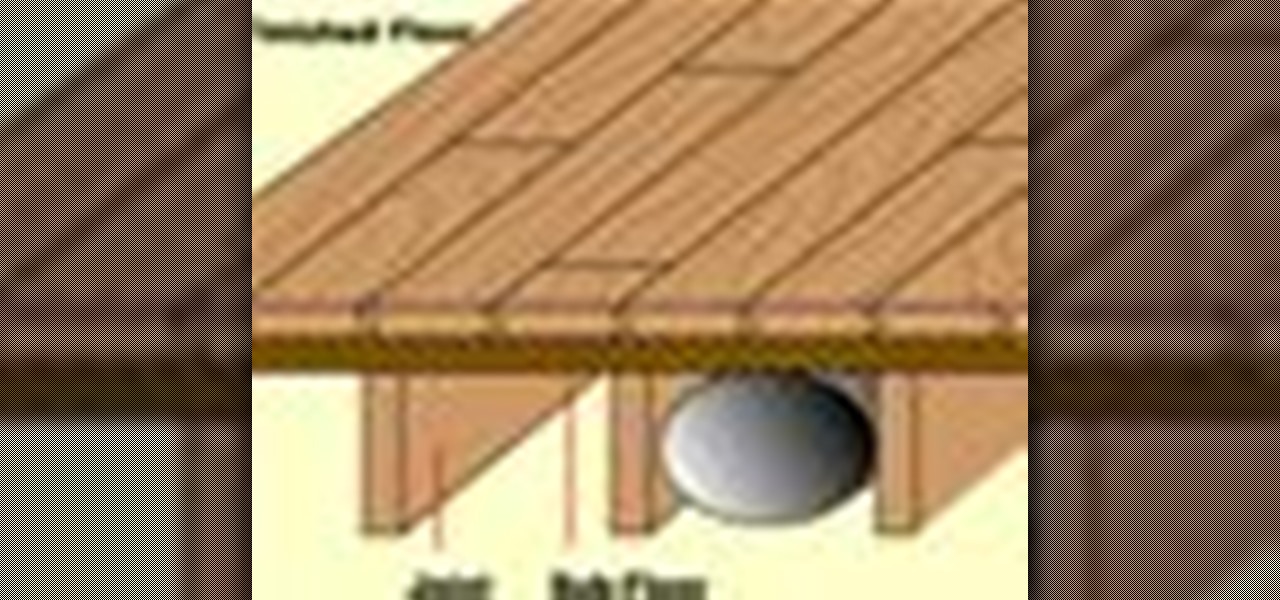
How To: Fix squeaky floors
There's nothing more annoying than that "squeak-squeak" sound when you walk across your floor! It's enough to put a damper on your day! Have you ever avoided "that' stair because of its incessant screeching? Then this tutorial is for you.

How To: Tape drywall
Taping drywall is almost an art form. It takes practice and a lot of patience. A good taper can hide any mistakes that were made in hanging the drywall. To finish drywall, you must tack into place corner bead to all corners. Then, apply joint compound to all seams, nail and screw holes and corners. When joint compound dries – it shrinks. Therefore, 3 coats of compound will be needed with sanding in between coats. For complete, step-by-step instructions for this DIY project, watch this friendl...

How To: Install a window valence
Valances add a great touch to windows that you do not want to cover completely, but that you also do not want to leave bare. Bare windows can seem cold and uninviting, and adding window dressing such as a window valance will make your room much more homey and warm. There are several styles of valances from which to choose. This valance is a single rod valance requiring a 2 1//2” flat curtain rod. Although this valance is intended to be poufed, it can be left as a flat valance for a more tradi...

How To: Replace sash cords in double hung windows
Windows are the eyes to the home's soul. Keeping your windows attractive and in good working order will only add value to your residence.

How To: Build custom radiator covers
Is your house heated by big clunky radiators? Are they eyesores that are taking up valuable space in each room? If so, you can build custom radiator covers that will attractively hide the metal monsters and provide you with a convenient shelf for storage or decorative pieces.

How To: Install permanent weatherstripping
Feel that chilly draft coming through your doors and windows? It might not be as difficult or costly to solve as you might think!

How To: Repair concrete cracks
While concrete driveways look nice when they are new, over time the concrete can chip, crack and crumble. Cracks and potholes form due to the freezing and thawing of water that has seeped under the driveway through smaller cracks, weed or grass growth in small cracks, and general wear and tear. Regular maintenance will prevent the need to replace the existing driveway. This is usually easy to do and requires up to a half day to complete depending on the condition and size of your repairs. For...
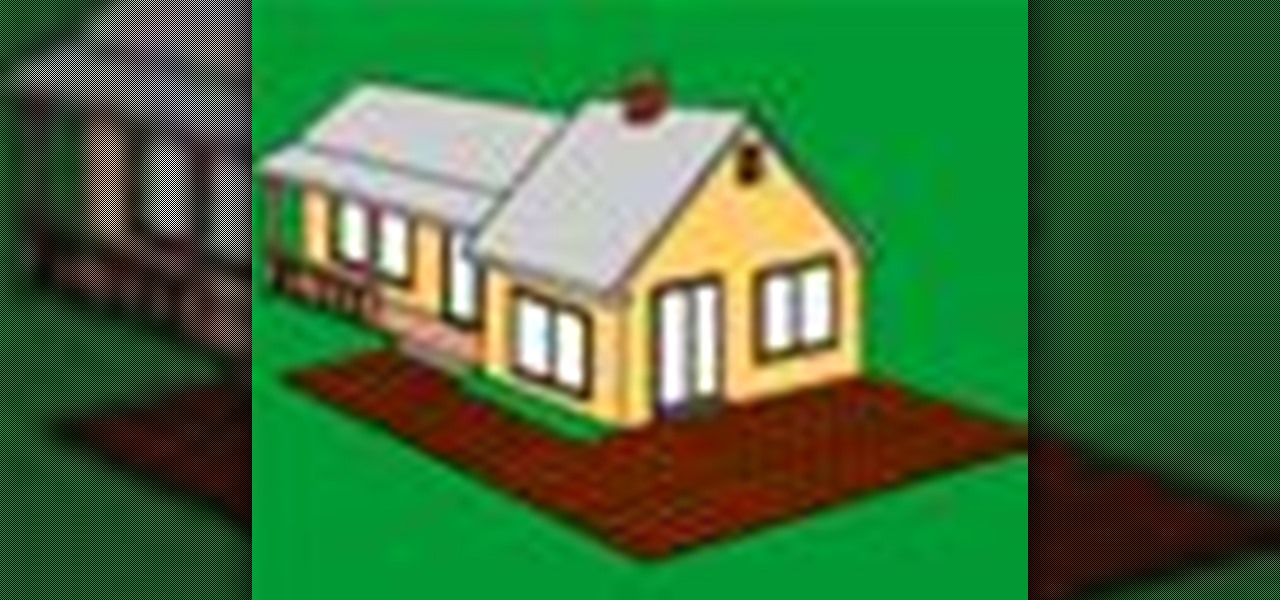
How To: Lay a brick patio or walkway
The durability and aesthetic characteristics of brick patios and walkways make for the foundation of great spaces around your home. While installing brick walks and patios is not a difficult task, it may be rather time consuming depending on the size of the patio or walkway. When laying brick that will be walked on it is necessary to use paving quality bricks. These bricks are generally fired longer and at a higher temperature making them more suitable for a variety of weather conditions and ...

How To: Build a block retaining wall
Do you want to level a steep slope on your property or enclose an area for a decorative garden? Building a concrete block retaining wall is easier than you may think.
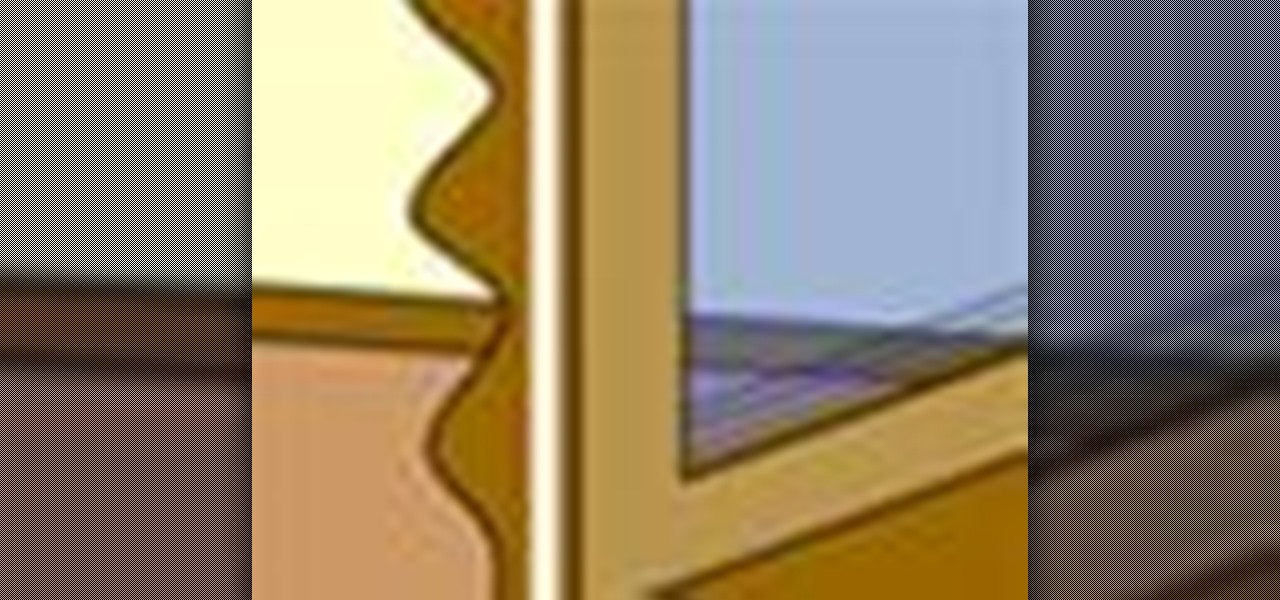
How To: Apply exterior caulking
The purpose of exterior caulking is to apply a bead of flexible sealant to fill or cover cracks, seams and gaps where drafts or moisture might get into your house or conversely, where heated or air-conditioned air might leak out. Caulking helps keep your house weather-tight, lowers heating and cooling bills, and prevents damage to structural members. It can also help keep insects and other “critters” out of your house. When you caulk before painting, it eliminates edges where the paint may st...
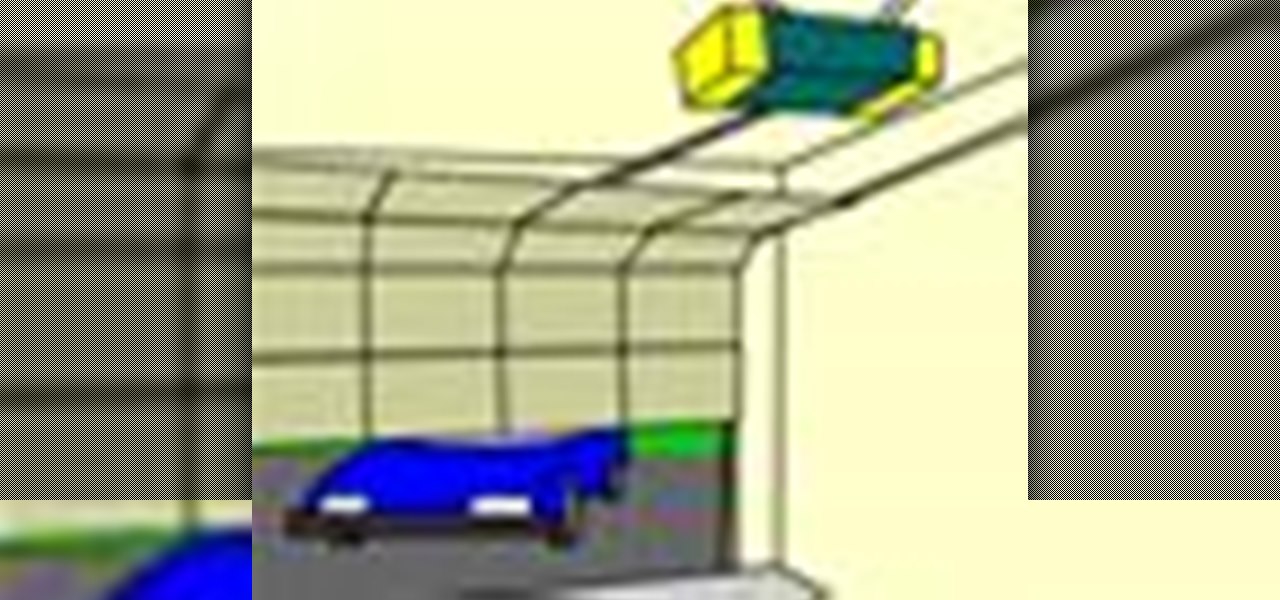
How To: Install a garage door opener
A garage door opener has become an almost indispensable part of modern life. It offers an overwhelming number of convenience and safety features that will make you wonder how you lived without one for so long. On a rainy night, the last thing you want to do is climb out of your car and heave the garage door open manually. Some garage door openers include an outdoor keypad that enable you to punch in a code to open the door – just in case you don’t have the remote control or your house keys. F...
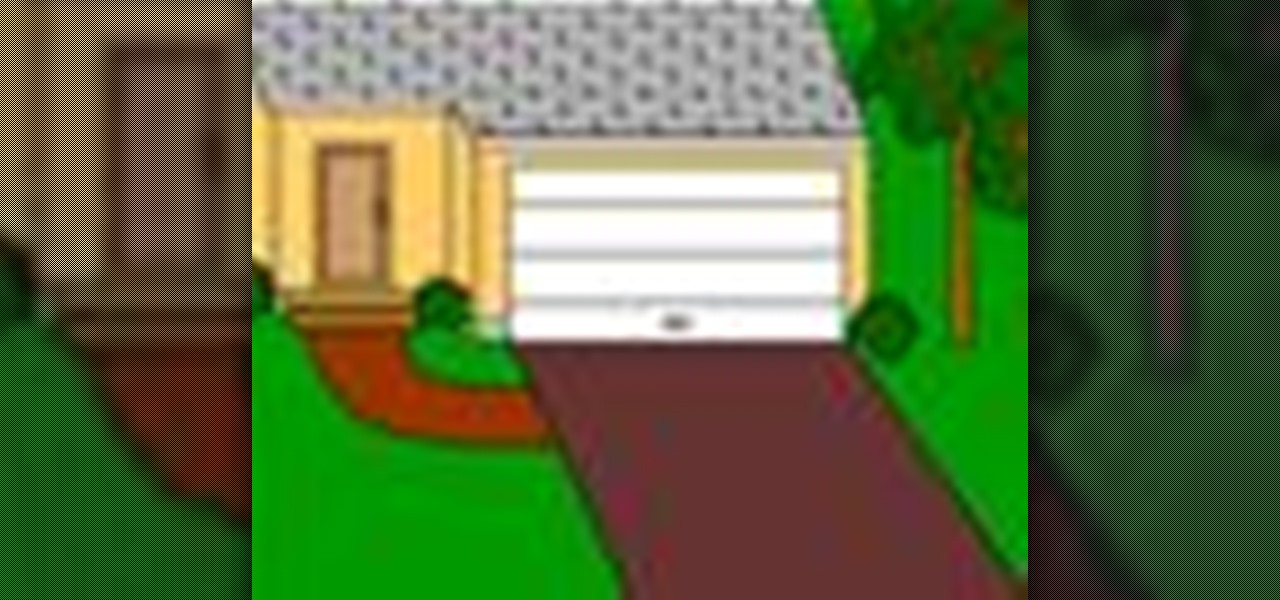
How To: Sealcoat asphalt driveways
Each year, if you have an asphalt driveway, it is important that you sealcoat your driveway against the elements. Doing so regularly will prevent the cycles of melting and freezing water from destroying your driveway. After you have patched the large cracks (over ¼") and holes in your blacktop by folllowing our tutorial on Repairing Asphalt Cracks, you are ready to start sealcoating the entire driveway. Be sure that you are wearing old clothing (this is not a "clean" project), that the temper...

How To: Repair asphalt cracks
Tired of seeing cracks or holes in your asphalt driveway that negatively impact the "curb-appeal" of your home? There is a simple, yet messy, solution that won't cost you much. By putting in a few hours of time on a weekend, you can again realize what your driveway looked like when it was new! Over time the asphalt will become faded and cracks will develop. Cracks and potholes form due to the freezing and thawing of snow and ice, weed or grass growth in small cracks, and general wear and tear...
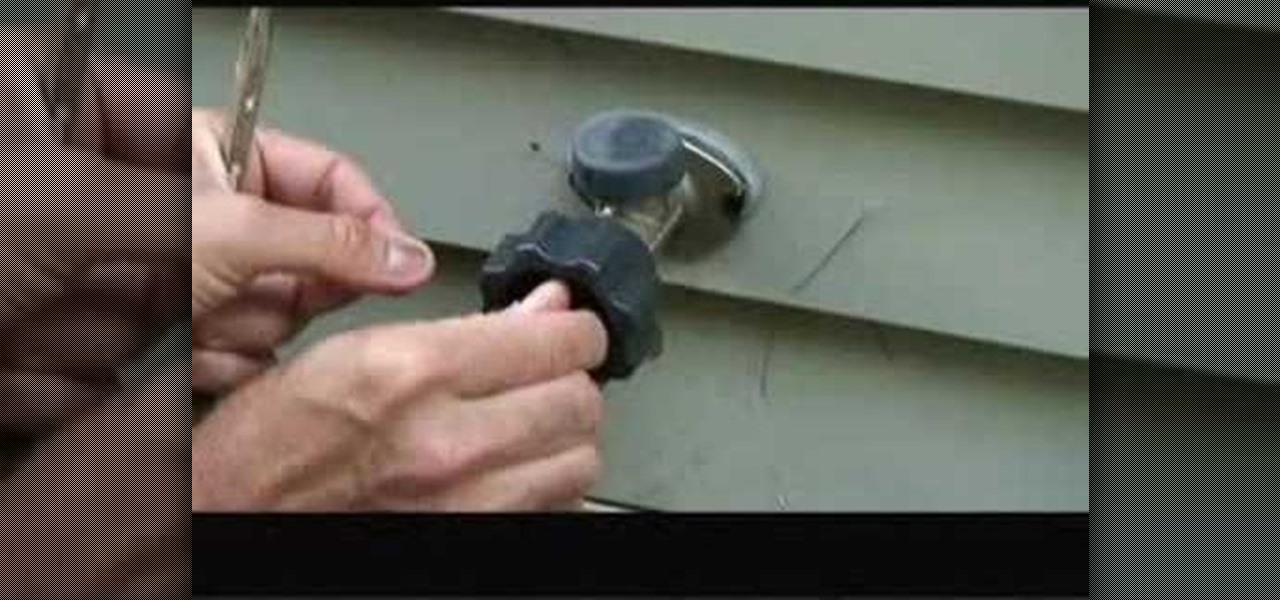
How To: Fix a leaky frost free sillcock outdoor faucet
Mark Donovan of shows how to Fix a leaky frost free sillcock or outdoor faucet. Oftentimes, the washer is loose, but other repairs are just as simple. Watch this video home repair tutorial and learn how to fix a leaky outdoor faucet.

How To: Frame a room
This instructional video demonstrates how to build level and squared walls. It's important that when you frame your walls that they be perfectly square; otherwise, you may have serious problems when it comes time to finish the room. Learn how to square up a room with this tutorial.

How To: Repair a stain damaged floor
This instructional video demonstrates how to repair a stain damaged hardwood floor. You may need an industrial floor sander to complete this job.
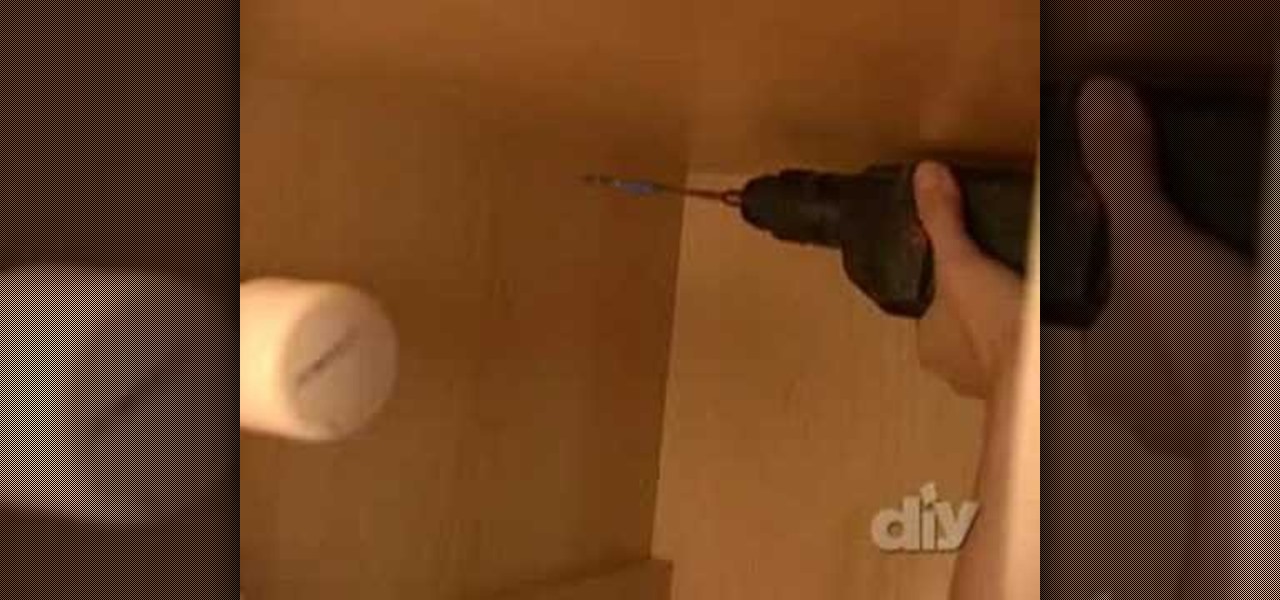
How To: Install bathroom sinks and cabinets
This how to video is a quick excerpt from a DIY show. Find out how to select and install cabinets for a bathroom makeover. Watch and get tips for installing your own bathroom sinks and cabinets. Doing things yourself will save money in the long run.

How To: Build a whirlpool bathtub support system
Remodeling your bathroom can be expensive unless you know know how to do things yourself. This how to video is a quick excerpt from a DIY show. Watch and learn how to build a support system for a whirlpool bathtub.

How To: Patch bathroom ceiling holes
This how to video is a quick excerpt from a DIY show. Watch as Amy Matthews shows a homeowner how to patch holes in the bathroom ceiling. Get tips and tricks for bathroom remodeling by learning how to patch up hole in the ceiling.

How To: Install an exterior stairway
In this how to video Amy Wynn Pastor helps a homeowner build a set of exterior stairs. Watch and get tips on remodeling your home. A new staircase not only add a new look to your home but it also adds value to it.



